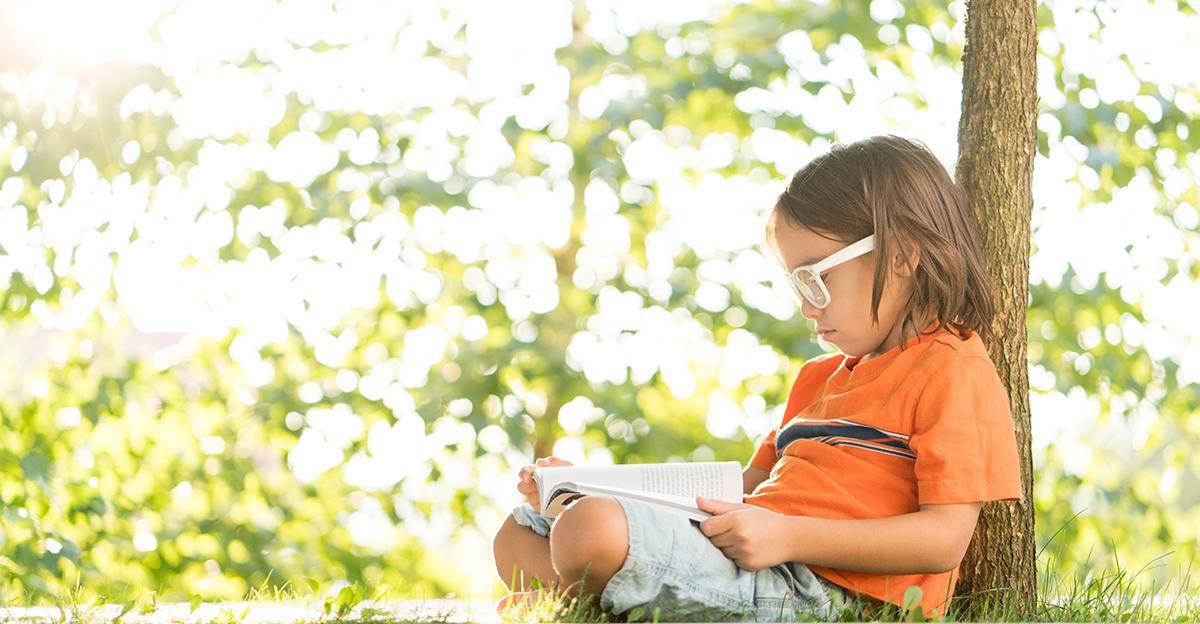Traditional educational models have shifted to encompass a variety of teaching options. Virtual sites include at-home or small learning pods, and in-person classroom models now feature flexible furniture configurations. Furthermore, many schools are embracing the concept of expanding their classrooms into outdoor learning spaces to foster additional creativity.
According to the Muddy hands report, research indicates there are many benefits to learning outdoors. These include better physical health, stronger motor skills, stress relief, stronger verbal and social skills, and increased attention and cognitive abilities.
How to Make Outdoor Learning Inclusive
Children with special needs may need additional modifications when moving classrooms outdoors. Here are some key ideas to consider when designing an inclusive outdoor learning space:
- Accessibility is key. Make sure the space is level, and there is a path to the space that is wheelchair accessible. Avoid uneven surfaces. Be mindful that grass, stone, or gravel surfaces are difficult for a student that uses crutches, a walker, or a wheelchair to maneuver. Engineered wood fiber or playground foam surfaces are good options.
- Many students with special needs may be heat or sun intolerant due to a specific diagnosis or prescription medication. Be sure to have options that include a covered area or sun shades to reduce risk.
- Outdoor learning spaces often use dynamic seating options like stools that offer minimal support. Be sure to consider spatial boundaries and support options for children that may have balance or sensory processing issues. Rifton Compass Chairs make an easy portable choice that can be incorporated into existing study time outdoor spaces. The HowdaHug Roll-Up Seat is another portable solution when additional trunk stability or body-in-space cues are needed.
- For fine motor tasks, portable options like a weighted lap desk can provide additional stability. A slantboard on a tabletop helps with ergonomic positioning by providing forearm stability and reducing glare and eye strain. A 2 or 3-inch binder (rings facing away from the student) with a clipboard on top makes an easy DIY option.
- As with indoor learning, meeting the sensory processing needs of students is crucial to support focus, attention, and behavior. Add dynamic seating options like a wiggle cushion or movement/compression pieces like the SqUoosh or PeaPod chairs. These choices are portable and easy to implement in an outdoor space. Having portable vestibular pieces like the Jump & Play Island for a gross motor sensory break or a Pumpkin Chair swing to crawl into for quiet space and time will round out flexible sensory options.
Being mindful of the accessibility and sensory needs of students with special needs is key to creating an inclusive outdoor learning space. Check out our Outdoor Learning collection for more inclusive ideas that support the Universal Design for Learning!
Cecilia Cruse
Cecilia Cruse, MS, OTR/L has a BS degree in Occupational Therapy from the University of Florida, and her Master’s degree in Education from Georgia State University. She is SIPT certified and has over 25 years of experience in pediatrics with school-based services, acute care, and outpatient pediatric settings.







A practical guide that promotes wheelchair-friendly paths, adaptive seating, and sensory supports for adequate learning in outdoor classrooms.